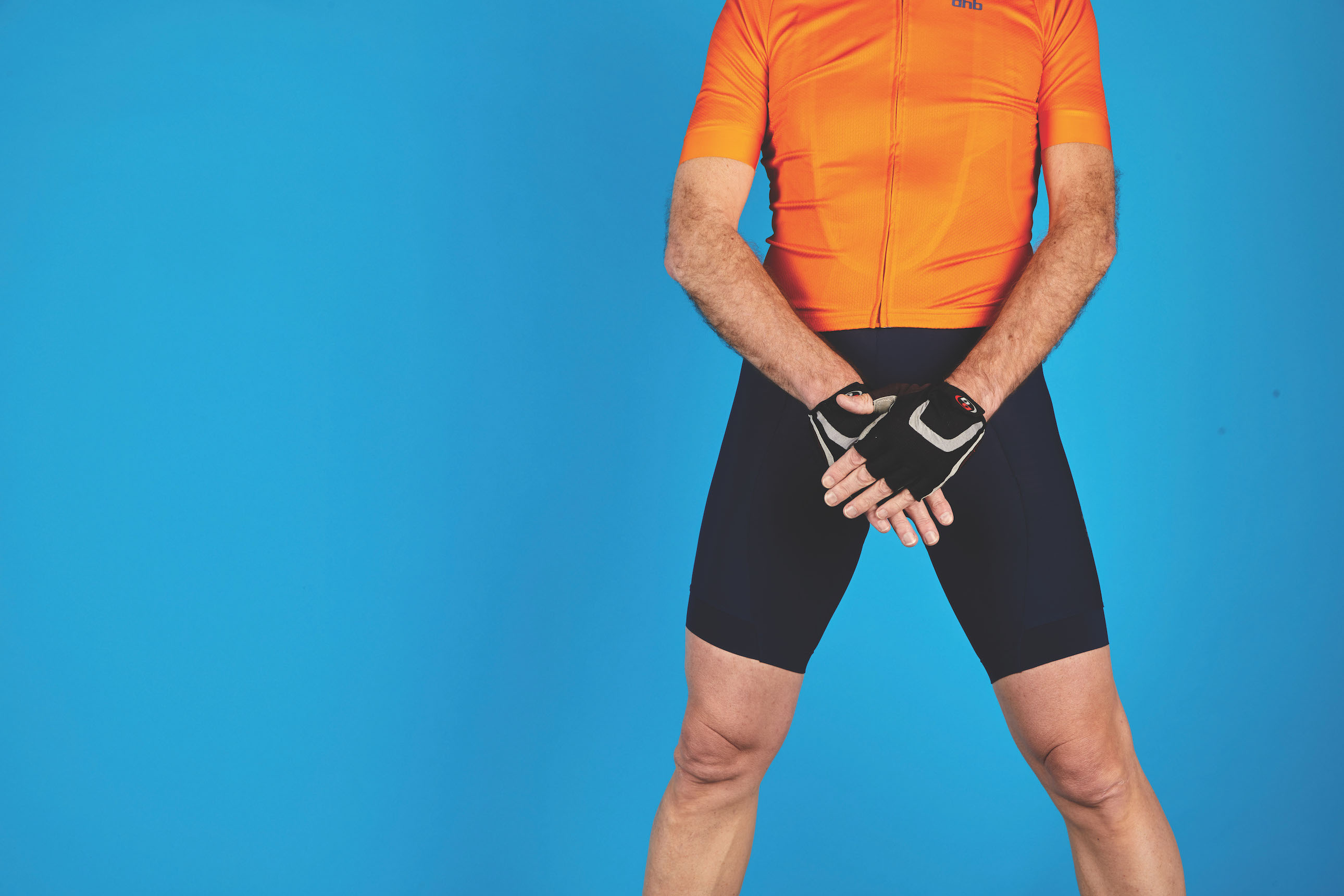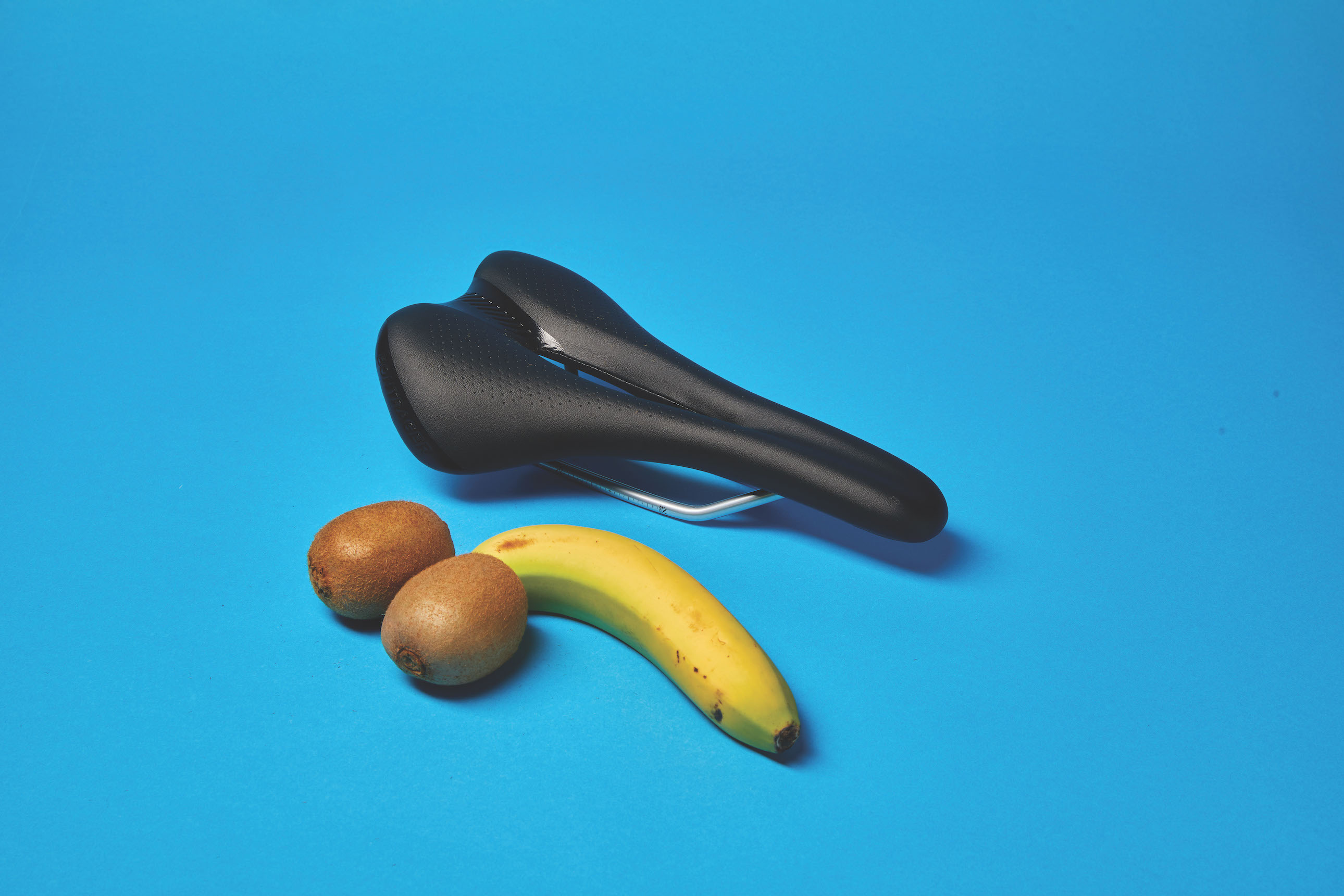Ride out the saddle every 10-minutes or swap to a recumbent bike to avoid erectile dysfunction, study suggests
Researchers also argue an incorrect bike position can lead to a greater risk of genital issues

Researchers have advised men to ride out of the saddle every 10-minutes, to avoid erectile dysfunction, following a study into the effect of cycling on male genitals.
Other solutions for addressing pressure on the perineum included the "use of a recumbent bike," though the authors did add that "several concerns prevent its widespread use."
The study by Kamil Litwinowicz, Marcin Choroszy and Anna Wróbel - titled 'Strategies for Reducing the Impact of Cycling on the Perineum in Healthy Males: Systematic Review and Meta-analysis' - looked into how various designs of saddles, bikes, shorts and handlebars can affect men's genital area.
Published in the Sports Medicine journal, researchers determined there is a correlation between genital numbness and the type of saddle used, suggesting a no-nose seat is much better for alleviating pressure in the region. Poor riding technique and riders using the wrong type of bike are also highlighted as other causes for numbness.
Researchers found penile blood pressure reduced significantly after five minutes of sitting on a nosed saddle, but, after a ten-minute recovery period, pressure values returned to normal. The researchers suggested that "standing on the pedals every ten minutes might be an effective and potentially widely applicable strategy."
As covered in Cycling Weekly's WE NEED TO TALK ABOUT series, sitting on a saddle applies pressure to the perineum, which can lead to genital numbness. In the perineum, there are lots of nerves and arteries that supply the penis, structures which help to facilitate ejaculation and erection.

It's long been theorised that excessive pressure in men can lead to erectile dysfunction. However, when Cycling Weekly asked retired orthopaedic surgeon Professor Chris Oliver about the link, he said: “The evidence about ED in cyclists is quite controversial.”
The latest race content, interviews, features, reviews and expert buying guides, direct to your inbox!
Speaking anecdotally, Oliver added: “I suspect that among regular cyclists it occurs quite frequently but people don’t want to talk about it. Certainly on some of my longer cycle touring holidays of over a month, I’ve experienced it but it’s been transient. On longer rides, it lasts longer but I’m back to normal after 10 days.”
The recent study also found an upright riding position is associated with a significant reduction in penile oxygen pressure, while a reclining position produced a negligible difference.
Whilst swapping to a recumbent might not be for everyone, less dramatic adjustments are available. In Cycling Weekly's aforementioned article, specialist sports physiotherapist Bianca Broadbent stated: “A correct position will reduce pressure at contact points which in turn reduces the likelihood of developing saddle-related complaints."
Speaking about pressure mapping, which is used in a bike fit to assess where pressure is being placed, she said: "gauging how sensitive people are in certain areas, reducing pressure at the contact point will make a big difference.”
The study's authors recognise that more evidence is necessary for definitive assertions to be made. However, they conclude: "Current evidence supports the use of no-nose saddles as a means to reduce the negative impact of cycling on penile oxygen pressure. Standing on the pedals every ten minutes might be an effective and potentially widely applicable strategy. The use of a recumbent bike appears to protect the perineum, but several concerns prevent their widespread use."
The researchers said that they designed the study to discover alternative options for men to consider while cycling, rather than just quitting the sport altogether.
Kamil Litwinowicz told the Daily Mail: "Many men struggle with discomfort when riding a bike and there are concerns this can lead to sexual problems.
"However there is also strong evidence that being sedentary is linked to erectile dysfunction, so cycling as a form of activity could reduce that risk.
"We don’t want men to quit cycling, but instead to look at things like standing on the pedals or using a different saddle."
The cycling industry is well aware of the need to create saddles which relieve pressure - both for men and women. Doing some research to help you choose the right saddle for you can certainly pay dividends, and we've got guides on the best saddles for men and the best saddles for women based on our expert reviews.
Ryan is a staff writer for Cycling Weekly, having joined the team in September 2021. He first joined Future in December 2020, working across FourFourTwo, Golf Monthly, Rugby World and Advnture's websites, before making his way to cycling. After graduating from Cardiff University with a degree in Journalism and Communications, Ryan earned a NCTJ qualification to further develop as a writer.